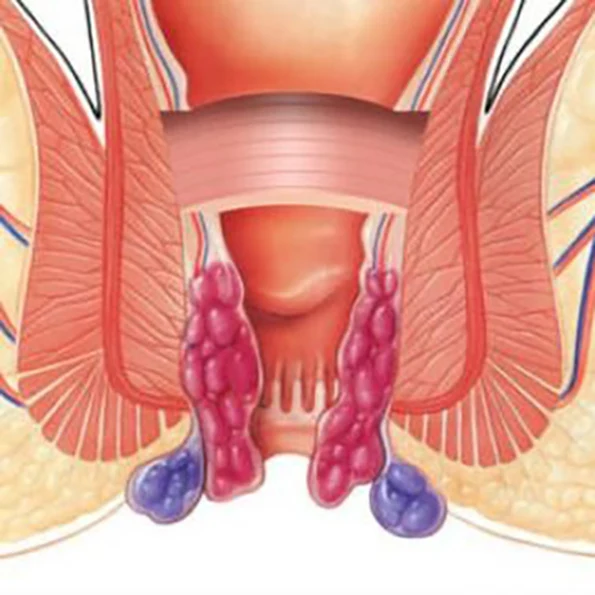1. Surgery Overview
Hemorrhoidectomy is the surgical removal of hemorrhoids, which are swollen blood vessels in the anal region. This procedure is typically performed when other treatments, such as medications, dietary changes, or minimally invasive procedures (like rubber band ligation), have not been effective. It is often recommended for severe cases of hemorrhoids that cause persistent pain, bleeding, or prolapse. Hemorrhoidectomy can be performed through traditional open surgery or with a stapling technique.
2. Type of Anesthesia
Hemorrhoidectomy is usually performed under general anesthesia, ensuring that the patient is completely asleep during the procedure. In some cases, spinal or epidural anesthesia may be used.
3. Possible Risks and Complications
Bleeding
Infection
Pain (which can be significant in the first few days)
Difficulty urinating or bowel incontinence
Stricture (narrowing of the anal canal)
Recurrence of hemorrhoids (in some cases)
Blood clots
Delayed healing or chronic anal discomfort
4. Hospital Stay Duration
Most patients can go home the same day after a hemorrhoidectomy, although a short stay of 1 to 2 days may be necessary for more complicated cases or if there are complications.
5. Important Post-Operative Care
Follow a high-fiber diet to avoid constipation and straining during bowel movements
Use stool softeners or laxatives as prescribed to ease bowel movements
Apply sitz baths or cold compresses to reduce pain and swelling
Take prescribed pain medications and any antibiotics as directed
Avoid heavy lifting and strenuous activity for several weeks
Keep the surgical area clean and dry to prevent infection
Attend follow-up appointments to monitor healing and ensure no recurr

